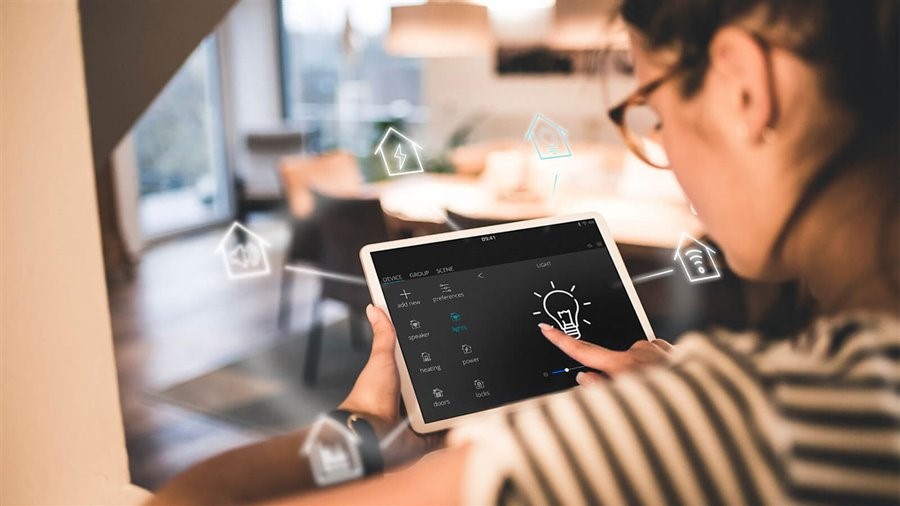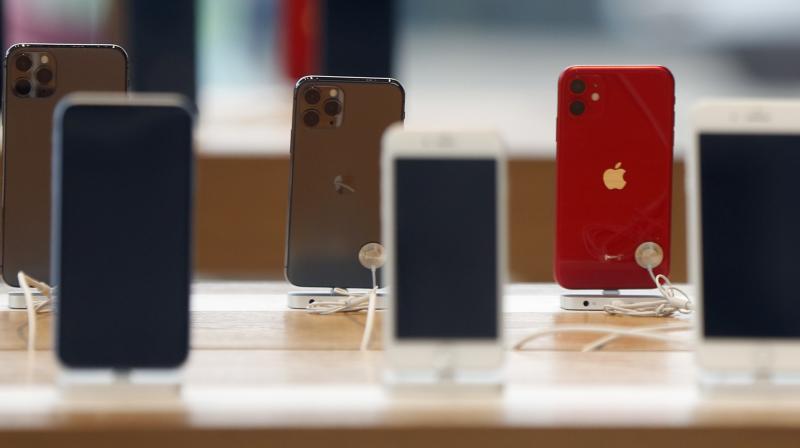Technology development and releases move fast. When you buy a gadget, a new one will most likely come along shortly and make you feel left behind. Planned obsolescence is a business strategy companies do when they sell and build devices with a lifespan. With it, you’re urged to buy new gadget models.
By knowing how long the lifespan is for certain gadgets, you can avoid that sinking feeling of replacing a device after a short time. Technically, they aren’t obsolete as soon as a new version of it comes out. For a certain period, you can still enjoy its best features.
While gadgets don’t get outdated after a year, they aren’t made to last forever. A smartphone’s average lifespan is a little over four-and-a-half years, laptops have around five-and-a-half years in them, and tablets can last with just about five years of use.
Ways to Extend the Life of Your Gadgets
Since common tech devices have short lifetimes, you should make sure that they last that long. Here are some tips on how you can prolong the life of your gadgets.
1. Check the battery
You can only charge your battery for a limited amount of time until it starts to deteriorate. It’s one of the first parts to go in laptops and mobile devices. How can you tell if your battery needs replacing? For different types of gadgets, there are apps available to check your battery’s health.
- For Apple, iPhone and iPad users can open Settings > Battery > Battery Health
- Mac users can select the Apple icon > About This Mac > System Report > Power
- For Android and Windows users, you can download third-party apps to see your battery health reading.
A battery’s capacity should be at least 80% for it to be in good shape. The lower the capacity, the shorter the gadget’s longevity will be.
2. Get sturdy case support and protection
Most electronic devices nowadays come with gorilla screens, making them scratch-resistant and more durable. However, having extra protection won’t hurt. Add tempered glass to your screen for an additional layer of safety. While you’re at it, buy a sturdy case to secure them.
Today’s technology is so portable that you can bring all of your gizmos just about everywhere. It also means that the risks are higher in getting them damaged, like cracking your phone screen or denting your laptop’s metalwork. Housing your electronics in a case will also safeguard them from destructive elements such as temperature changes and dust.
Also Read: Mobile Security in 2025: Protecting Your Phone and Tablet
3. Deep clean
Over time, dirt and debris will make their way into your devices. Without regular cleaning, your gadgets can clog up and overheat, which will lead to a shorter lifespan. Here’s a simple cleaning routine you can do with your electronics:
- Remove dust or food crumbs inside your charging ports by using canned aerosol or a sewing needle. The debris can cause your gadget to charge slower.
- Take out dust and hair from the laptop’s or desktop’s fans once a year. You can open up the case and use a can of aerosol or a small vacuum cleaner to blow out the gunk.
4. Charge devices strategically
To prevent quickly reaching the point when you’d have to charge your device constantly, you need to get rid of your poor charging habits. Your hardware can last a little bit longer if you follow these charging guidelines:
- Avoid draining lithium-ion (li-ion) batteries. This battery has around 300-500 charge cycles, and it doesn’t do well when it runs down to zero. Doing so can degrade its original cycle capacity to 70%.
- Charge your device when it hits 20% and stop charging at 80%. Li-ion batteries don’t like being fully charged too, so avoid plugging in your phone overnight. Instead, top up your battery over the day.
- Always use the right charger for your gadget. Avoid using generic knock-offs and use one that’s from the same manufacturer as your device.
- Avoid using your device while charging. This can lead to overheating and battery deterioration.
5. Save space and declutter your data
Once you get a new gadget, you need to start thinking about how you can save space. Storage shortage can cause many software struggles, which will slow down your device since it’s regularly looking for places to store new data. So, at least once a year, it’s best that you take the time to declutter.
With smartphones, the device has a tool that lets you know which apps eat up the most data and when you last used them. For Apple, you can find it under iPhone Storage, and for Android, it’s in Files. Uninstall apps that you haven’t used in at least six months. This will help free up some space.
With computers, you can sort files and arrange them when they were last opened or modified. Similarly, disposing of or relocating files you haven’t touched in years can do wonders for your device.
When it comes to file transfers, you can have a separate memory card for big data apps and files if you’re an Android user. For computers, an external hard drive is a handy device to store large files. Alternatively, cloud storage apps can be a big help. You can use popular platforms like Dropbox, Google Drive, iCloud, or OneDrive.
Get the Most Out of Your Investment
Electronic devices don’t come cheap. They’re investment pieces for most people, so it’s important to get your money’s worth. If your gadget encounters minimal damage, it’s best to have it fixed by a trusted and certified repair shop to ensure your device is expertly taken care of.
If the gadget is over its lifespan and you notice it slightly staggering, perhaps it’s best to buy a brand new one. You can always sell your iPhone so that others can make use of it or surrender your device to Apple to recycle your MacBook.
Ultimately, proper gadget care and use will prolong the lifespan of your electronics, which will save you from greater costs and stress in the long term.


Pingback: Everything You Need to Know About ROM – Read Only Memory – Blogger's Paradise